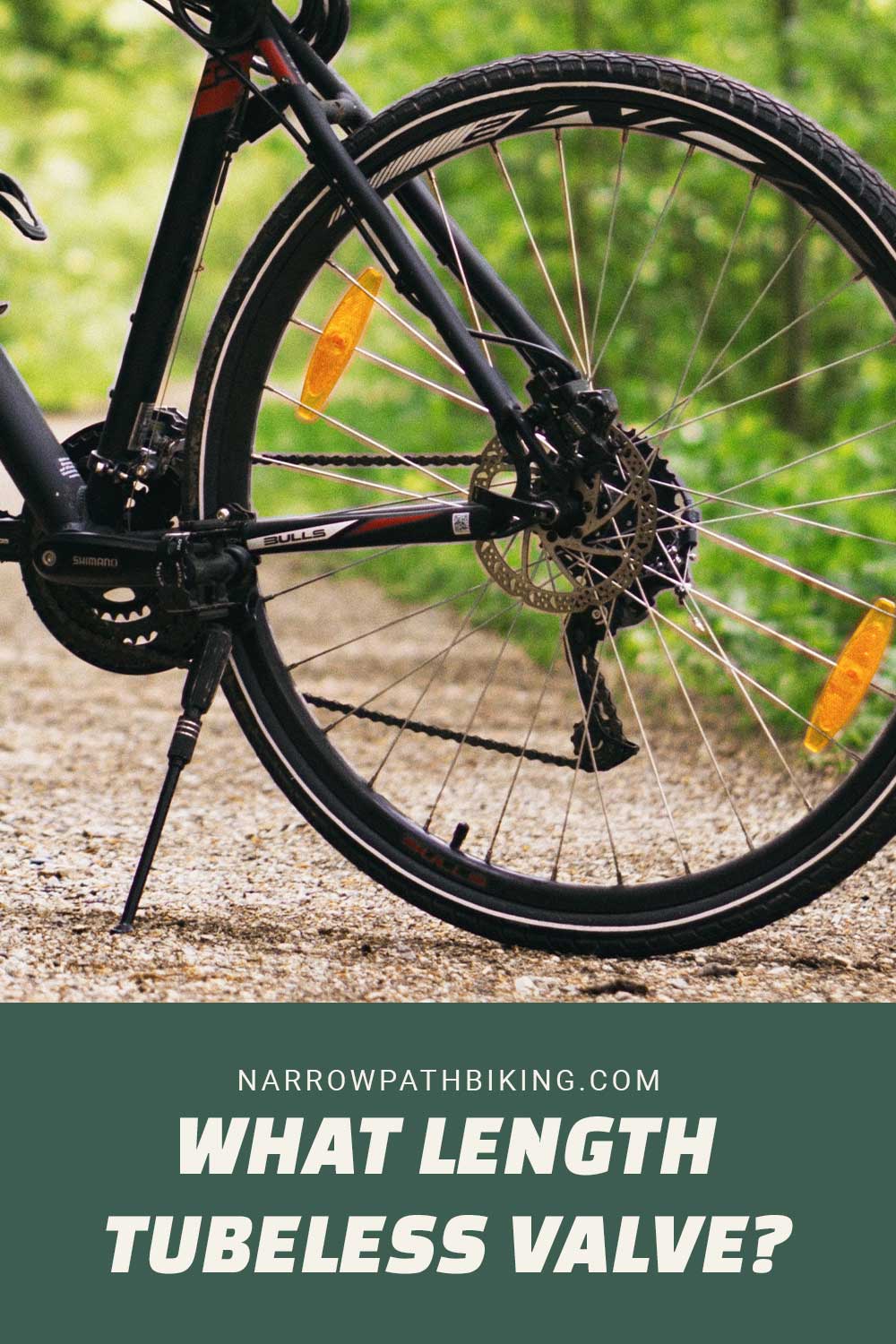Bike wheels come in two different types tubeless and with tubes. HD is different channels crafted with different valves.
Tubeless may be the most unfamiliar when it comes to these two types. When you’re dealing with a tubeless tire, new ones are inevitably confronted with tubeless valves.
Two valves come in a couple of different varieties, including Presta and Schrader. These tubes have a rubber base that is directly sealed against the inside of the wheel to retain air pressure inside the tire.
There is no standard link on valves, but typically they range between 50 to 80 millimeters.
Understanding everything you can about a tubeless valve will help you when it comes to maintenance and upkeep of your tubeless tires period, so let’s look at some other frequently asked questions to give you every bit of information you need.
Are All Tubeless Valves the Same Size?
No, all tubeless valves are not the same size or even crafted with the same material. When you’re looking at tubeless valves, you’re going to find them made of a vast number of different materials along with coming in different lengths and colors.
There are even some that will come with different bore diameters. The size of your wheels will determine which tubeless valve works for you. As for the color and material, that is solely preferential as everyone will come with different durability and aesthetics.
How Do You Choose the Right Size?
The primary thing to consider when choosing your tubeless valve size is the depth of your rim. You must ensure that the length will allow for the valve to fully penetrate the rim. This is so that when attaching your air pump, it will get a good seal and fill more quickly.
Typically when you are looking to figure out what valve stem length you need, you can look at the rim depth and choose accordingly. Most will either be 40 or 48mm. But if you have a deep dish rim, you may have to go for a 60mm.
What Does it Depend On?
The right tube is valuable for your bike, depending on a lot of things. But when it comes to the length, as we said above, it depends on your rim size.
That means you need to ensure that you measure it properly and know exactly the metrics you are looking for when choosing that tubeless valve. But along with that, you need to also consider the grommet base and the seal curvature of the tubeless valve.
Once you have considered all those factors and found the one that correlates with your specific size tire and bike, you should be able to move on to installing the system.
How to Measure It Properly?
The only way to really determine the valve length you need for your tubeless valve is to measure the depth of your wheel rim. This needs to be done on either side of the valve hole.
After you’ve measured your rim depth, you then add 15 millimeters to that measurement. This extra 50 millimeters ensures that the pump can be attached to the valve after it’s assembled.
Can You Ruin Your Bike if You Use the Wrong Size?
So when it comes to installing the wrong size tubeless valve in your bike, you might be wondering if that would ruin your bike altogether. The truth is that any use of a component that doesn’t match the right sizes and systems can eventually lead to damage.
On the whole, using the wrong size valve will make it impossible for your tire to retain air properly. Though this could be OK for a right or two, if you do it continually, it may affect the tire itself and eventually damage the rims.
So it’s best to take the time to measure the rims and ensure you have the right size system before executing the installation of that tubeless valve system.
Final Thoughts on the Length Tubeless Valve
Tubeless valve systems, when it comes to tires, are something that’s becoming more and more common. Though they are difficult to set up and require more maintenance, they also afford better attraction and are typically puncture-resistant.
On top of that, typically, a tubeless system has a self-sealing capability that could potentially help you save money in the long run.
But that is only true if you were able to find the right length of tubeless valve for your bike. So take the time to measure them and install the right one so that you can see more value from your investment.

